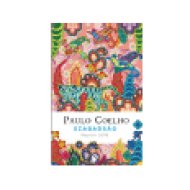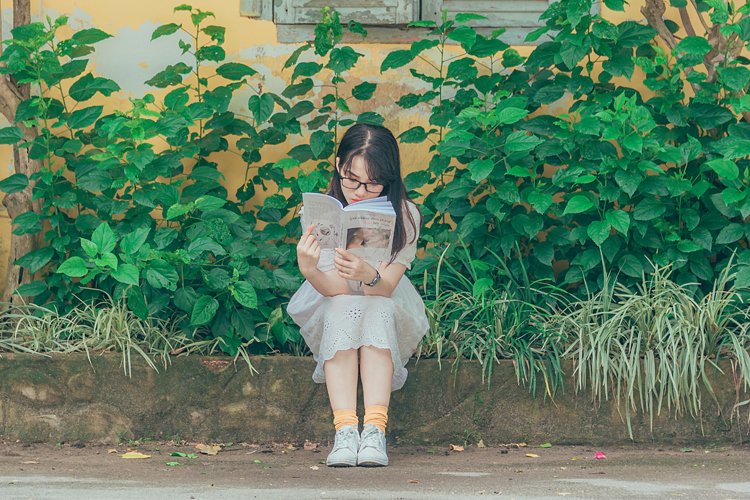Bonnard ár és hasonló termékek
 LÍRA KÖNYV ZRT. Így szerettek ők - Magyar irodalmi szerelmeskönyv
3 999 Ft
Media Markt
A bolthoz Info
LÍRA KÖNYV ZRT. Így szerettek ők - Magyar irodalmi szerelmeskönyv
3 999 Ft
Media Markt
A bolthoz Info
 LÍRA KÖNYV ZRT. Az a nap, amikor az oroszlánok salátát fognak enni
2 899 Ft
Media Markt
A bolthoz Info
LÍRA KÖNYV ZRT. Az a nap, amikor az oroszlánok salátát fognak enni
2 899 Ft
Media Markt
A bolthoz Info

























